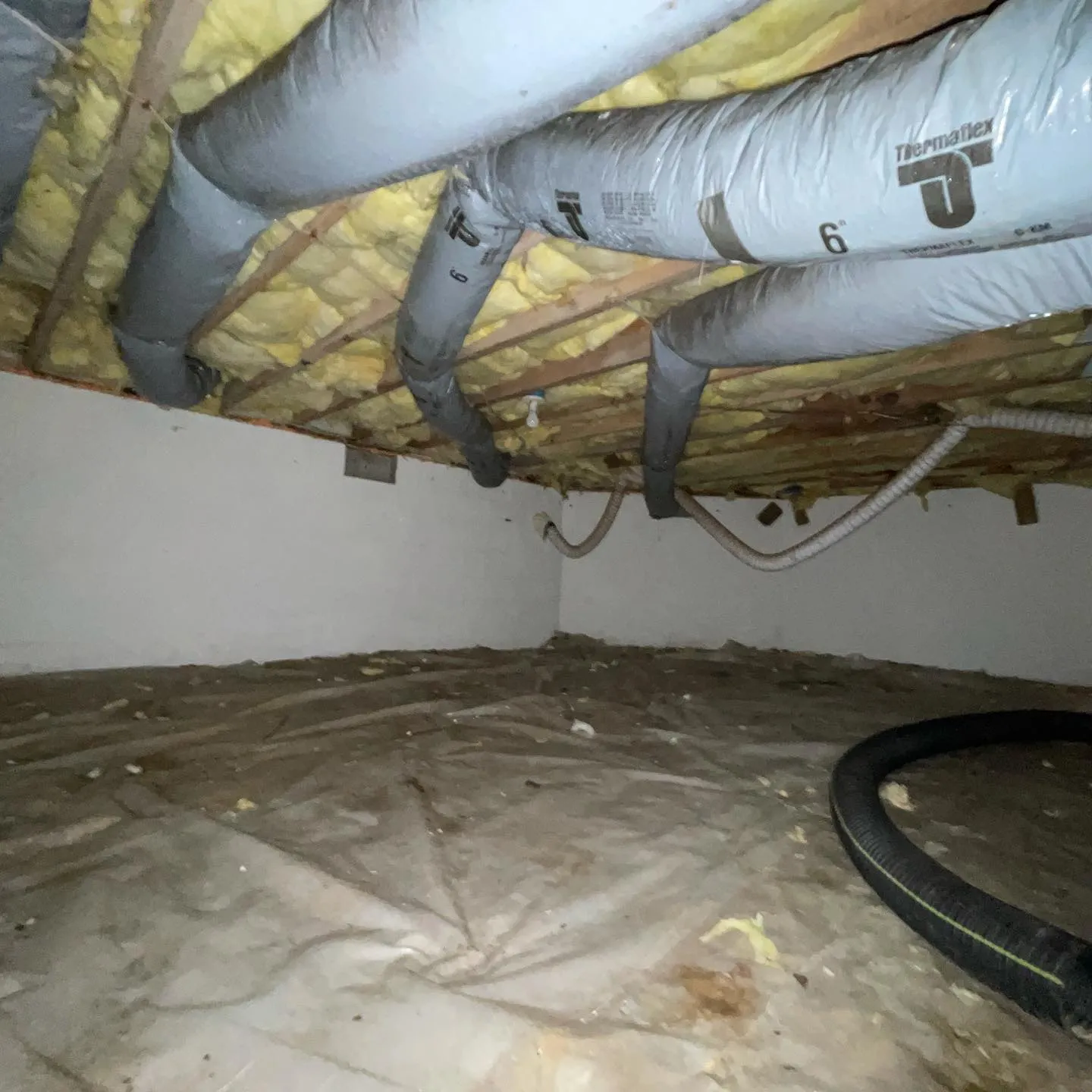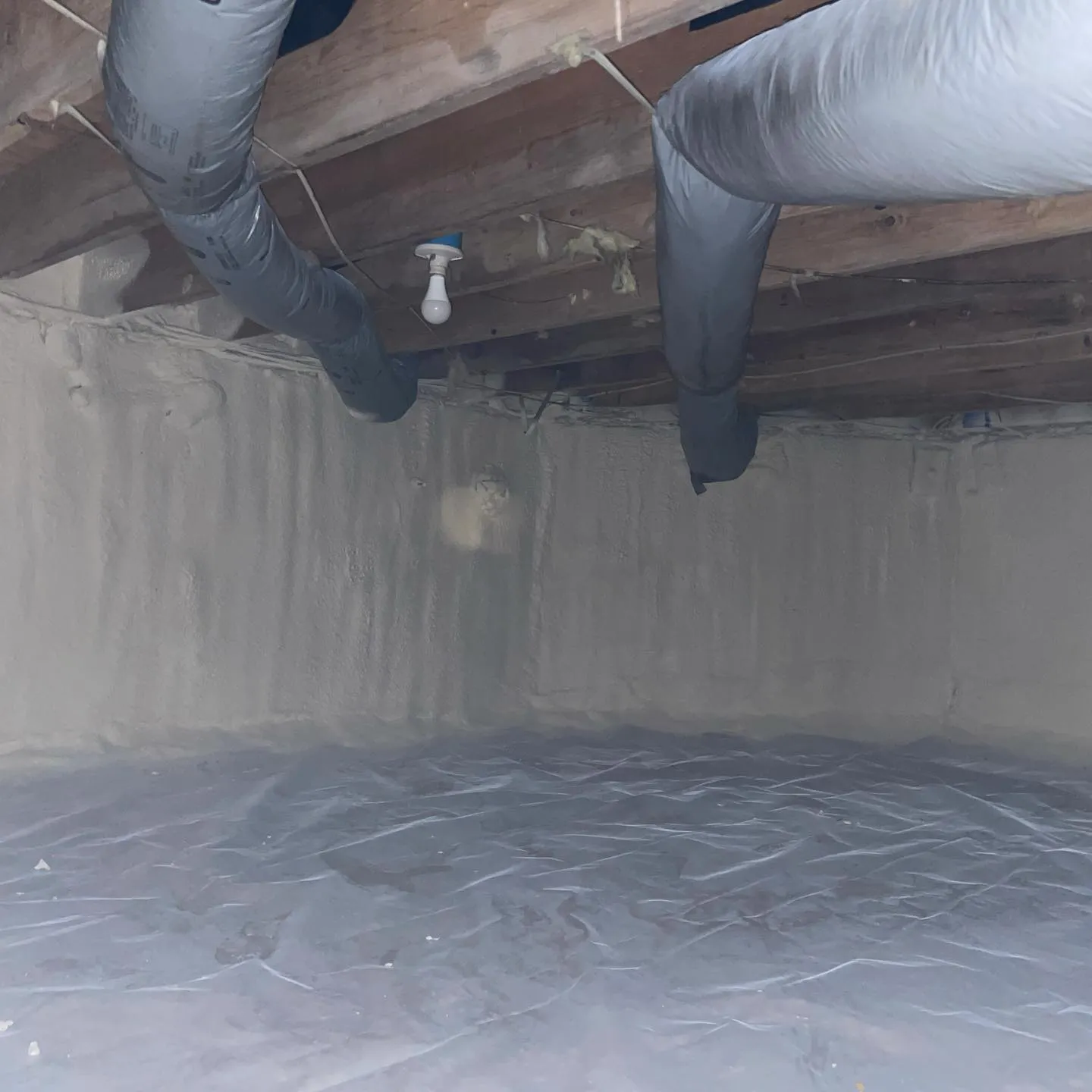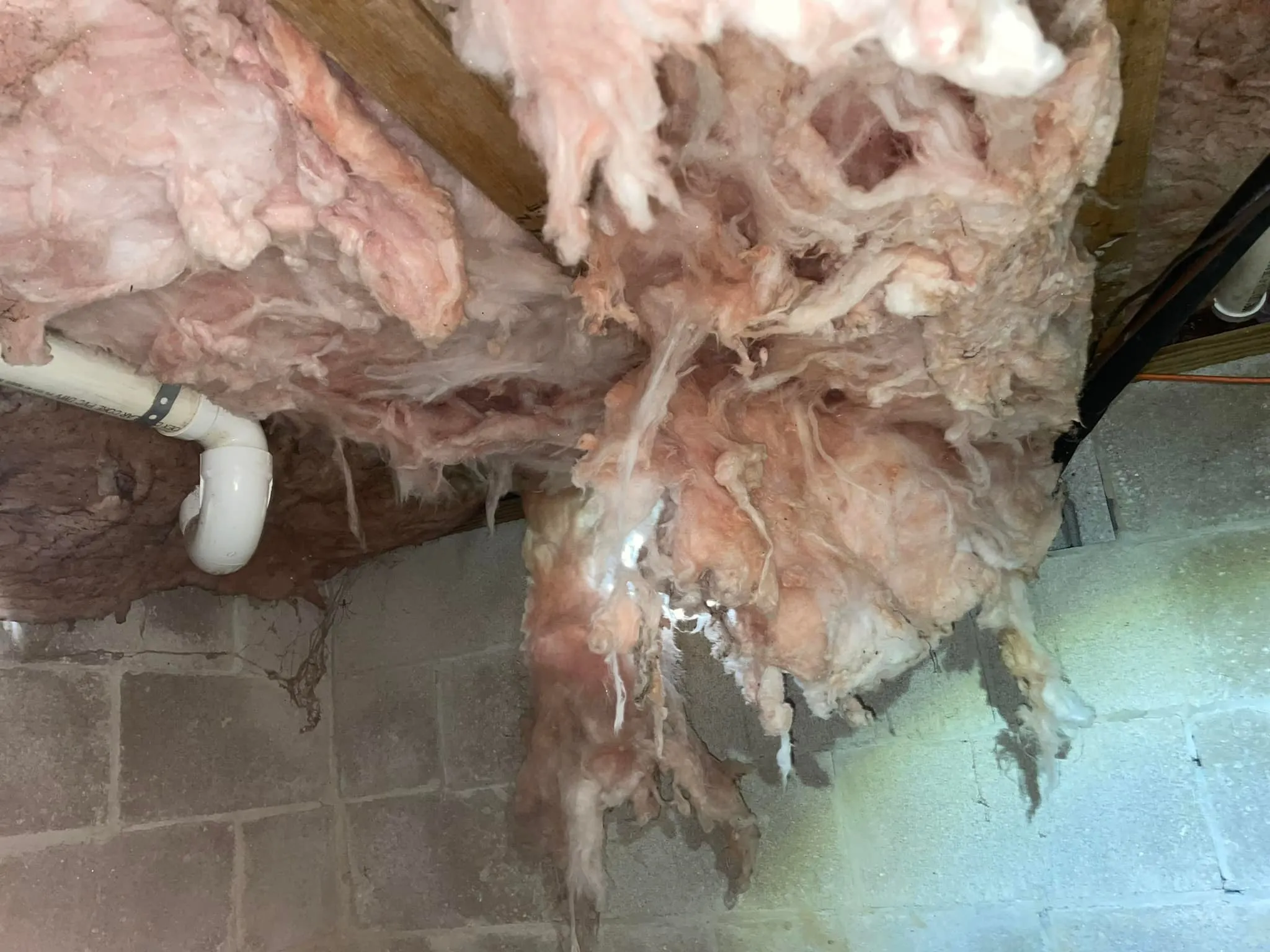
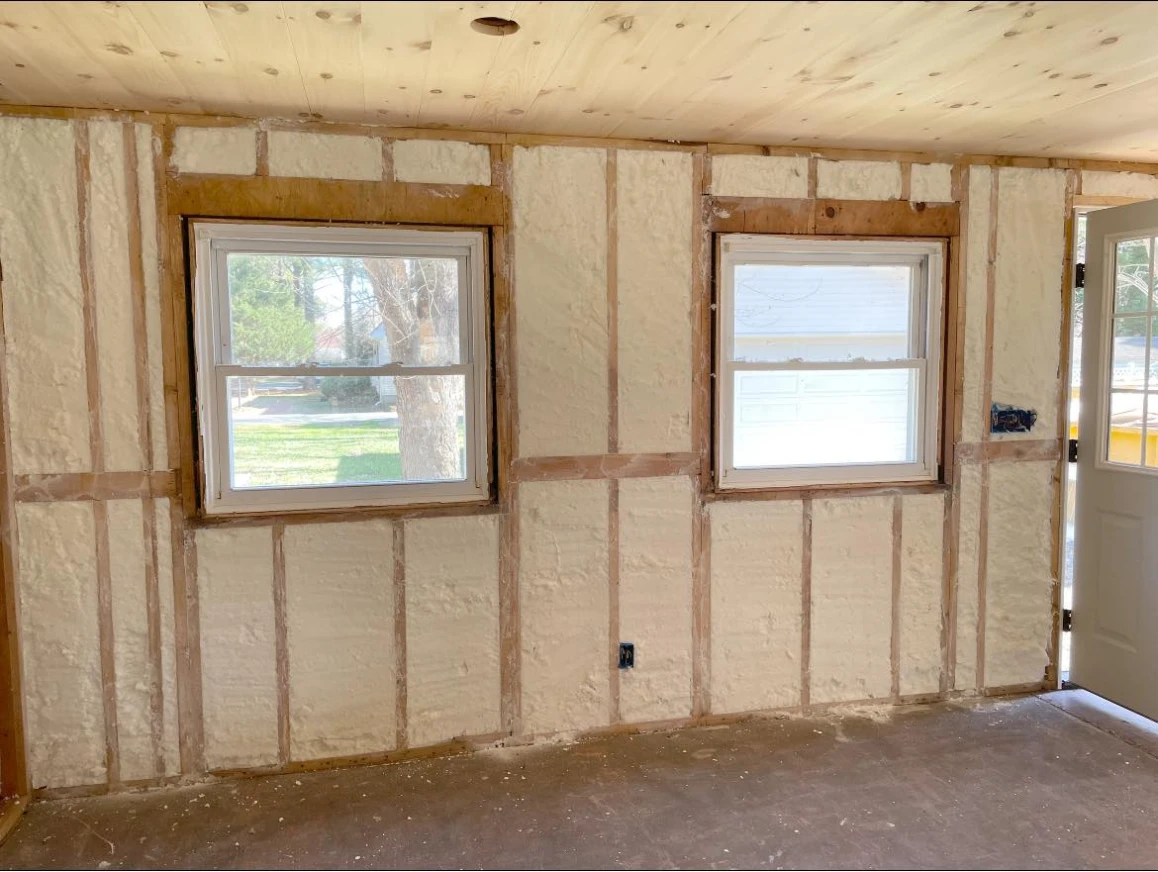
Spray foam insulation delivers superior thermal performance for interior walls through its unique ability to create an airtight seal while providing exceptional R-value per inch. Unlike traditional insulation materials that simply fill cavities, spray foam expands to eliminate air gaps, thermal bridging, and moisture infiltration that compromise energy efficiency in conventional wall systems.
The primary advantage stems from spray foam’s dual function as both insulation and air barrier. This combination addresses the root cause of energy loss in interior walls uncontrolled air movement while delivering thermal resistance values that exceed fiberglass and cellulose alternatives by 30-50%. Peninsula Insulation has observed measurable improvements in indoor comfort and energy costs when spray foam replaces traditional interior wall insulation in residential and commercial applications.
Closed-cell spray foam achieves R-6 to R-7 per inch, while open-cell varieties provide R-3.5 to R-4 per inch. Traditional fiberglass batts deliver only R-3.2 to R-3.8 per inch and lose effectiveness when compressed or improperly installed. According to the U.S. Department of Energy, air leakage accounts for 25-40% of heating and cooling energy loss in typical buildings, making spray foam’s air-sealing properties particularly valuable.
The foam’s expansion characteristics ensure complete coverage around electrical boxes, pipes, and irregular framing members where traditional insulation creates gaps. This comprehensive coverage eliminates thermal bridging through wood framing, which can reduce wall system R-values by 15-25% in conventional installations.
Bonus Tip: Temperature differentials between interior and exterior wall surfaces should remain within 5-8 degrees Fahrenheit with properly installed spray foam, compared to 15-20 degrees with traditional insulation methods.
| Material | R-Value per Inch | Air Sealing | Moisture Resistance | Installation Gaps |
|---|---|---|---|---|
| Closed-Cell Spray Foam | R-6 to R-7 | Excellent | Superior | None |
| Open-Cell Spray Foam | R-3.5 to R-4 | Excellent | Good | None |
| Fiberglass Batts | R-3.2 to R-3.8 | Poor | Poor | Common |
| Cellulose Blown-In | R-3.6 to R-3.8 | Fair | Fair | Minimal |
| Mineral Wool | R-3.1 to R-3.4 | Poor | Good | Common |
Interior wall cavities create potential condensation zones where warm, humid indoor air meets cooler exterior wall surfaces. Spray foam’s vapor barrier properties (closed-cell) or controlled permeability (open-cell) manage moisture movement more effectively than traditional materials.
Research from Oak Ridge National Laboratory demonstrates that spray foam reduces moisture-related issues by 60-80% compared to fiberglass installations. The seamless application prevents moisture from accumulating within wall cavities, eliminating conditions that promote mold growth and wood decay.
Open-cell spray foam allows controlled drying to the interior while blocking air movement, making it ideal for climate zones where seasonal moisture flow direction changes. Closed-cell foam provides complete vapor barrier protection for applications requiring maximum moisture control.
| Property | Closed-Cell Foam | Open-Cell Foam | Performance Benefit |
|---|---|---|---|
| Density | 2.0-2.5 lb/ft³ | 0.4-0.5 lb/ft³ | Structural support vs. sound dampening |
| Vapor Permeance | <1.0 perm | 8-12 perms | Moisture barrier vs. breathable system |
| Compressive Strength | 25-30 psi | 3-5 psi | Load-bearing capability |
| Sound Transmission Class | STC 37-39 | STC 44-46 | Acoustic performance |
| Fire Rating | Class 1 with barrier | Class 1 with barrier | Code compliance |
Spray foam maintains its insulating properties throughout the building’s lifespan without settling, sagging, or degrading like traditional materials. Fiberglass batts can lose 10-15% of their R-value within five years due to compression and air infiltration, while spray foam retains full thermal performance for decades.
The adhesive properties of spray foam strengthen wall assemblies by up to 250%, providing additional structural integrity. This reinforcement reduces building movement that creates gaps in traditional insulation systems over time.
Bonus Tip: Proper installation requires ambient temperatures between 65-85°F and relative humidity below 85% for optimal foam curing and adhesion to wall surfaces.
Evaluate your building’s specific requirements before selecting spray foam insulation. Climate zone, wall construction type, and intended use affect material selection between open-cell and closed-cell varieties. Buildings in humid climates benefit from closed-cell foam’s vapor barrier properties, while structures in dry regions may prefer open-cell foam’s breathability and sound dampening.
Professional installation ensures proper foam density, complete coverage, and compliance with building codes. Incorrect installation can create thermal bridging, incomplete air sealing, or structural issues that negate performance benefits.
Consider existing electrical and plumbing systems within wall cavities. Spray foam application requires careful coordination with other trades to avoid covering junction boxes or creating access issues for future maintenance.
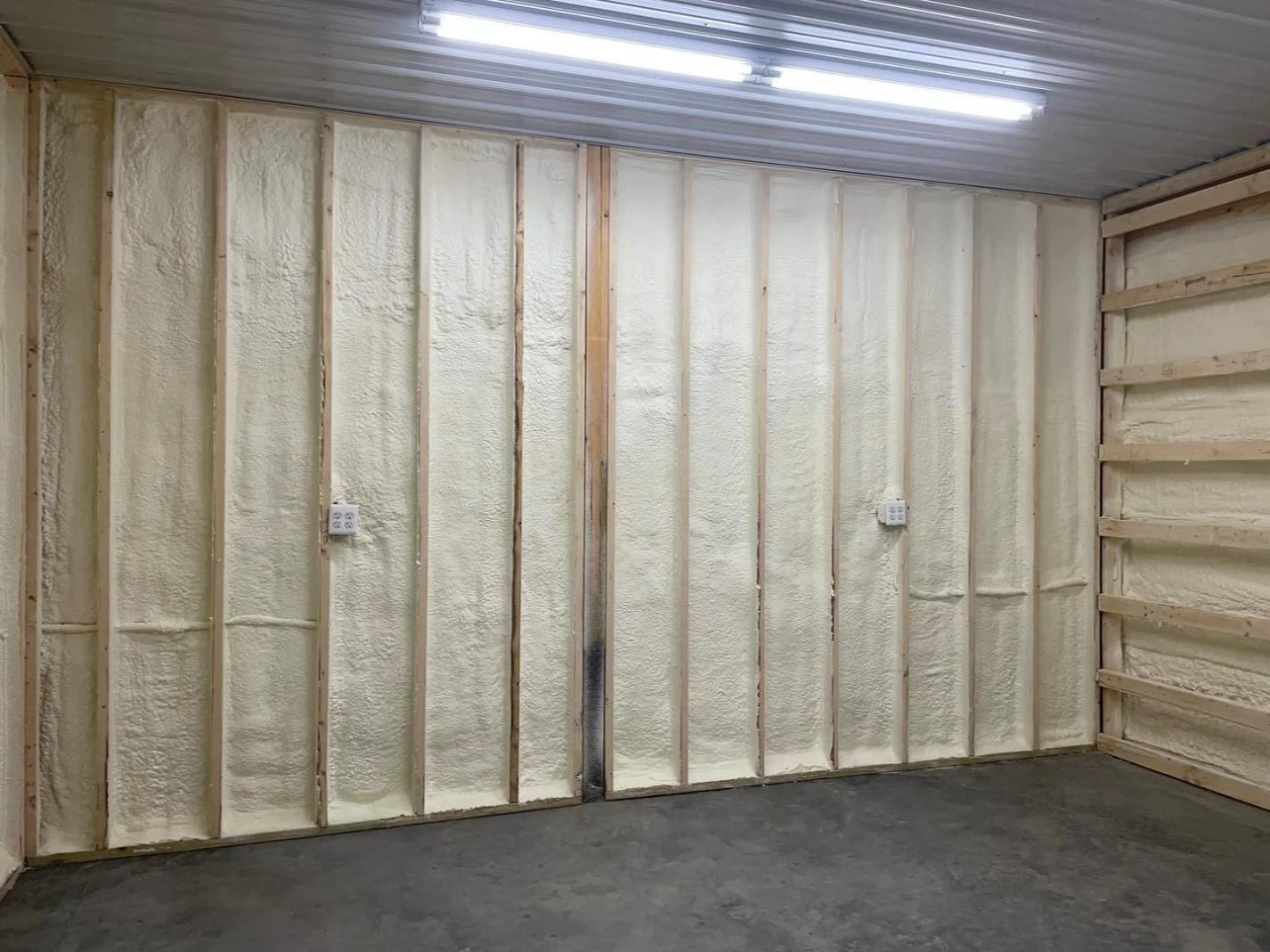
Peninsula Insulation delivers comprehensive spray foam solutions tailored to interior wall requirements. Open-cell spray foam installation provides excellent sound control and thermal performance for standard residential applications. Closed-cell spray foam application offers maximum moisture protection and structural enhancement for demanding commercial environments.
Foundation insulation services extend spray foam benefits to below-grade wall surfaces, creating continuous thermal barriers throughout building envelopes. Air sealing treatments complement spray foam installation by addressing remaining penetrations and connections that affect overall building performance.
Bonus Tip: Schedule spray foam installation after electrical rough-in but before drywall to ensure complete coverage around all penetrations while maintaining access for inspections.
Wall cavities must be clean, dry, and free from debris. Electrical and plumbing rough-in should be complete, with all penetrations properly sealed. Temperature and humidity conditions must meet manufacturer specifications for optimal foam curing.
Closed-cell foam bonds permanently to surfaces and requires mechanical removal for access to utilities. Open-cell foam cuts more easily but still requires specialized tools. Plan electrical and plumbing access points before installation to minimize future disruption.
Professional installation requires proper ventilation, personal protective equipment, and temperature control. Building occupants should vacate during application and curing periods. Most spray foam systems require 24-48 hours before safe reoccupancy.
Spray foam insulation transforms interior wall performance through superior thermal resistance, complete air sealing, and moisture control capabilities. The material’s unique expansion properties ensure comprehensive coverage that traditional insulation cannot match, delivering measurable improvements in energy efficiency and indoor comfort.
Success depends on proper material selection, professional installation, and coordination with building systems. Evaluate your specific climate conditions, building design, and performance goals to determine whether open-cell or closed-cell foam best serves your interior wall insulation needs.
Transform your building’s energy performance with expert spray foam insulation installation. Peninsula Insulation combines advanced application techniques with quality materials to deliver superior interior wall insulation solutions. Our experienced technicians ensure proper foam selection, complete coverage, and compliance with building codes for maximum performance benefits.
Contact Peninsula Insulation at (410) 770-2624 or wil@mdsprayfoam.net to schedule a consultation and discover how spray foam insulation can improve your building’s comfort, efficiency, and long-term value. Professional installation makes the difference between adequate and exceptional insulation performance.
Open-cell foam typically cures within 4-8 hours, while closed-cell varieties require 8-24 hours depending on thickness and environmental conditions. Complete curing ensures maximum thermal performance and structural benefits.
Installation quality, environmental conditions during application, and building movement influence performance longevity. Properly installed spray foam maintains effectiveness for 30+ years without degradation or settling.
Spray foam provides superior air sealing and moisture control compared to blown-in cellulose or fiberglass. While blown-in materials offer lower initial costs, spray foam delivers better long-term energy savings and building performance.
Spray foam insulation requires no ongoing maintenance once properly installed. Regular building inspections should verify that thermal barriers remain intact and no mechanical damage has occurred to foam surfaces.
Retrofit installation requires access through wall cavities via removal of interior or exterior wall coverings. The process is more complex than new construction applications but delivers significant energy improvements in older buildings.

